32 Free Realistic Lighting transparent PNG images
Explore our curated collection of 32 free AI-generated images showcasing Realistic Lighting techniques. From atmospheric indoor scenes to dramatic outdoor landscapes, discover high-quality stock photos, 3D renders, vectors, and illustrations that capture the nuances of natural and artificial illumination. Each image is available for high-resolution download, and you can utilize our innovative 'open in editor' feature on image detail pages to fine-tune the lighting prompts for your perfect custom generation.
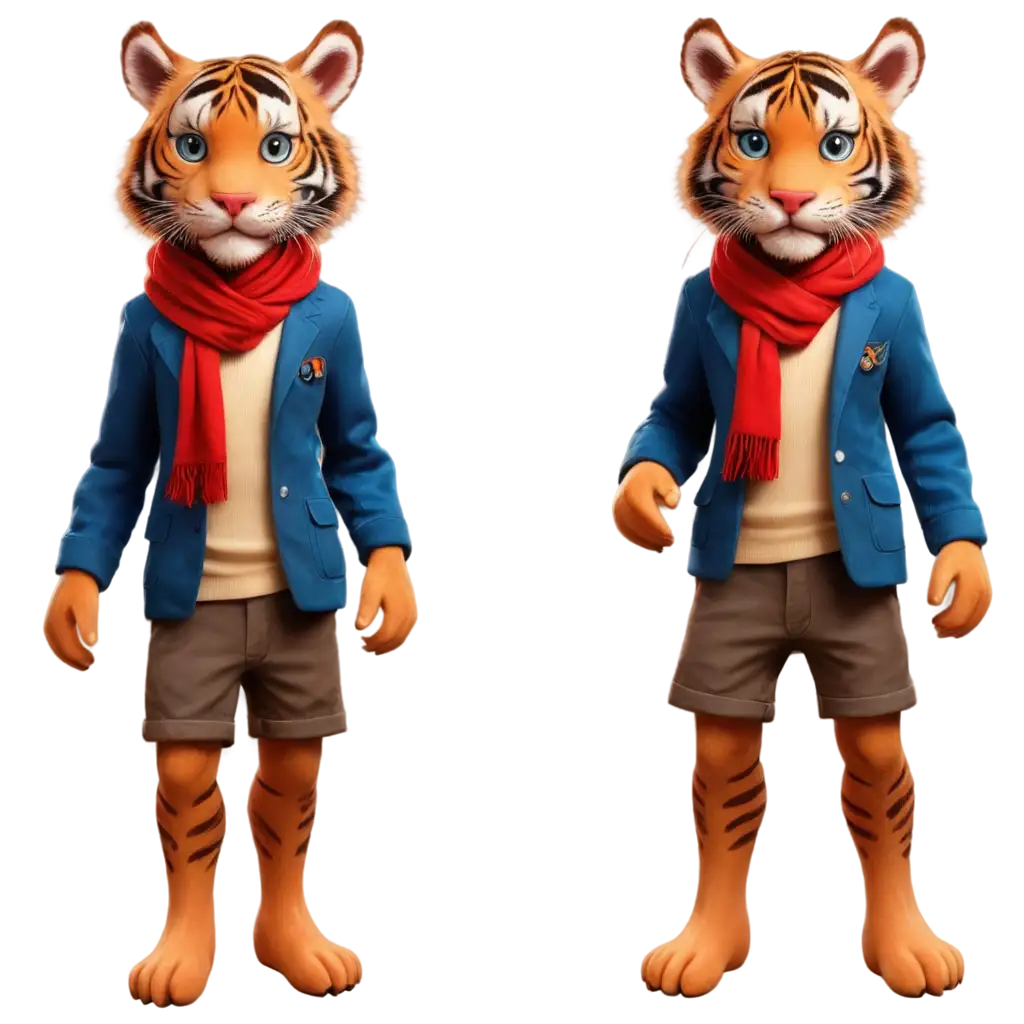

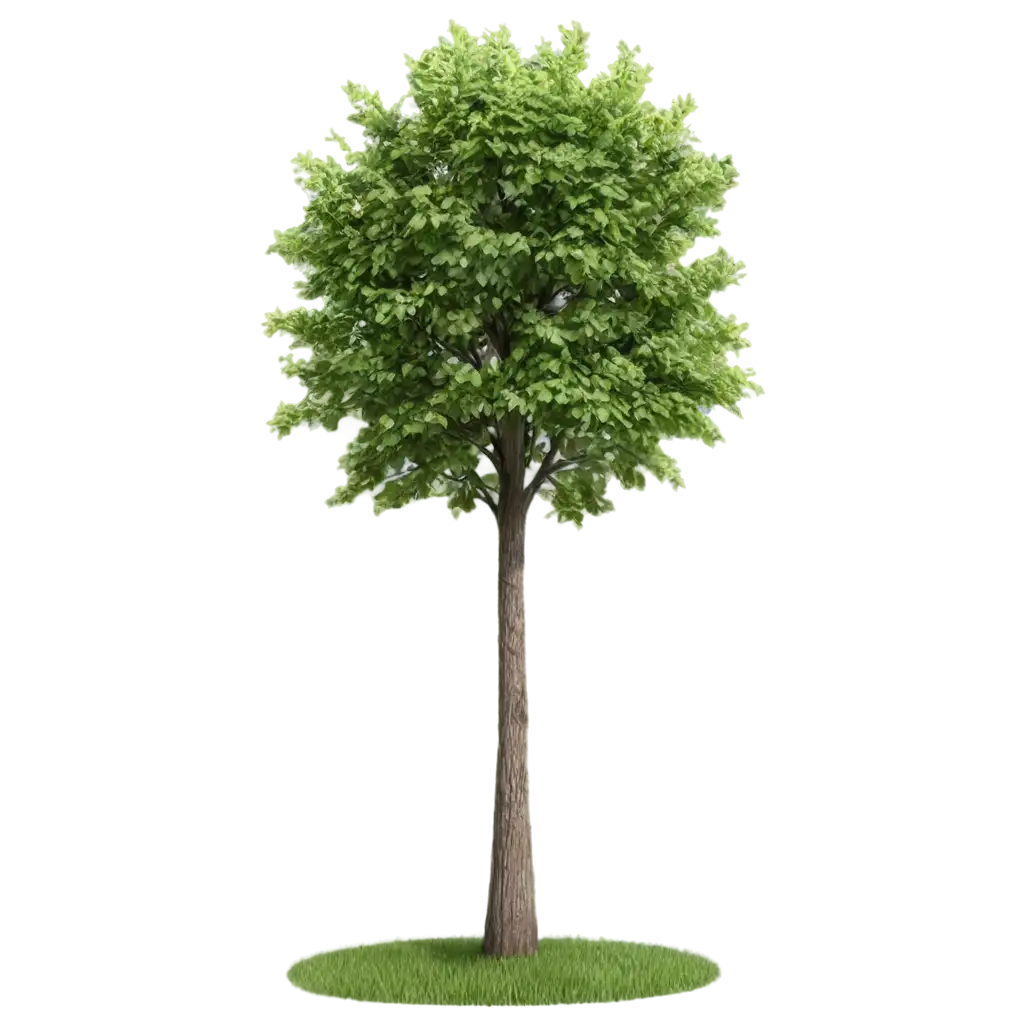
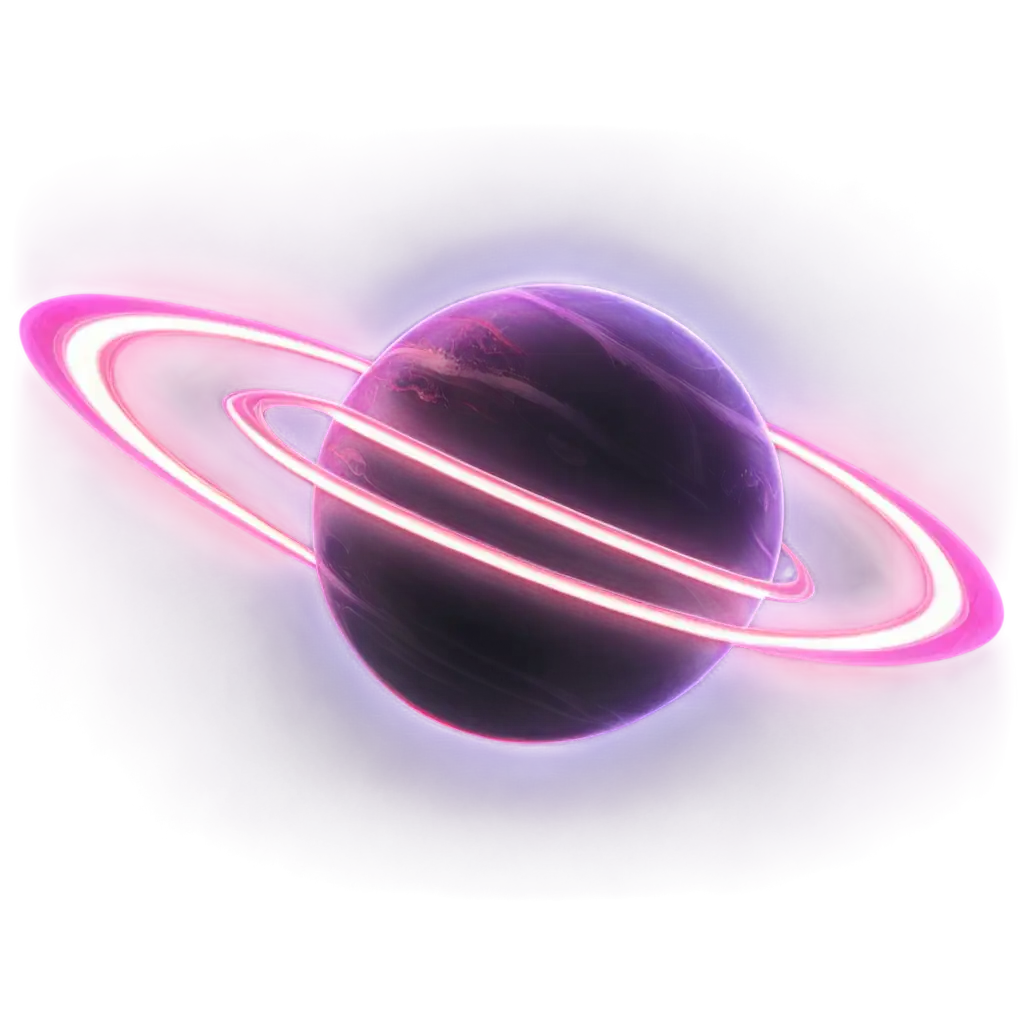



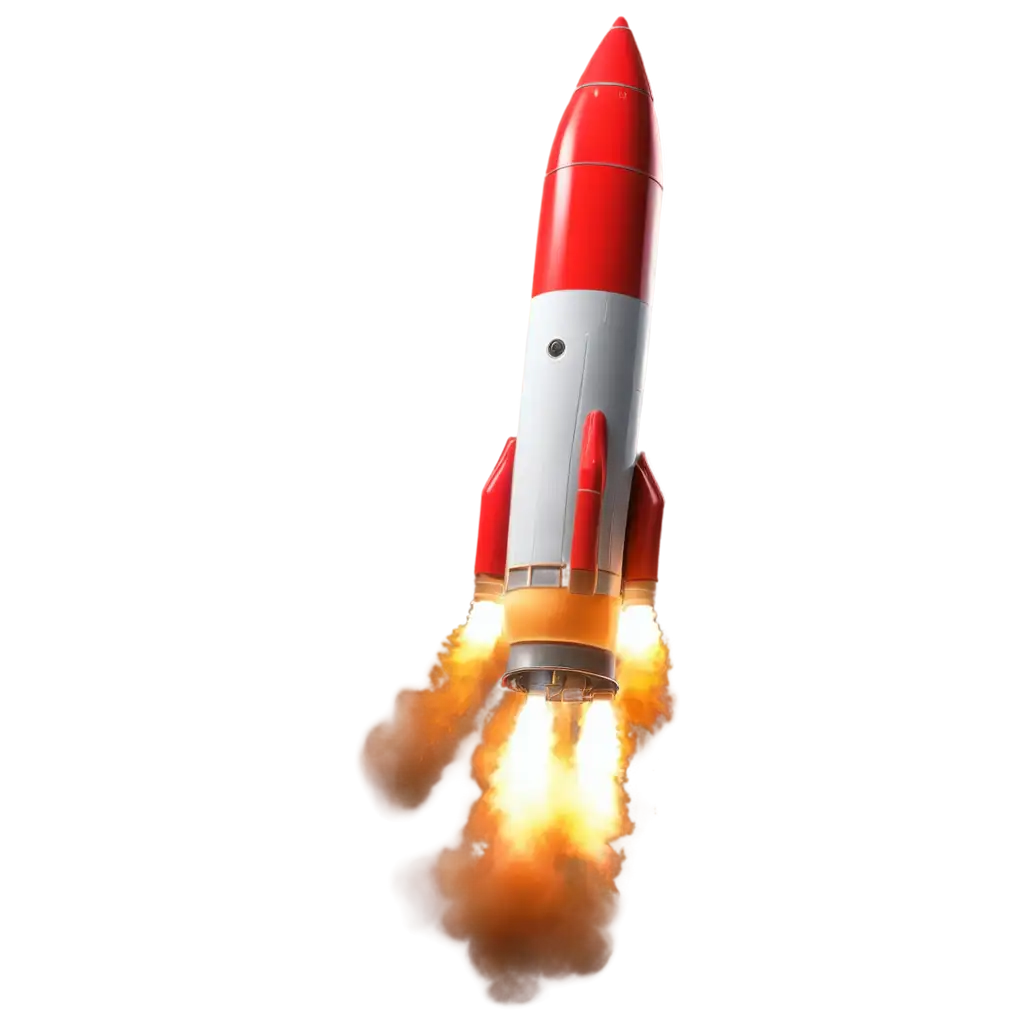

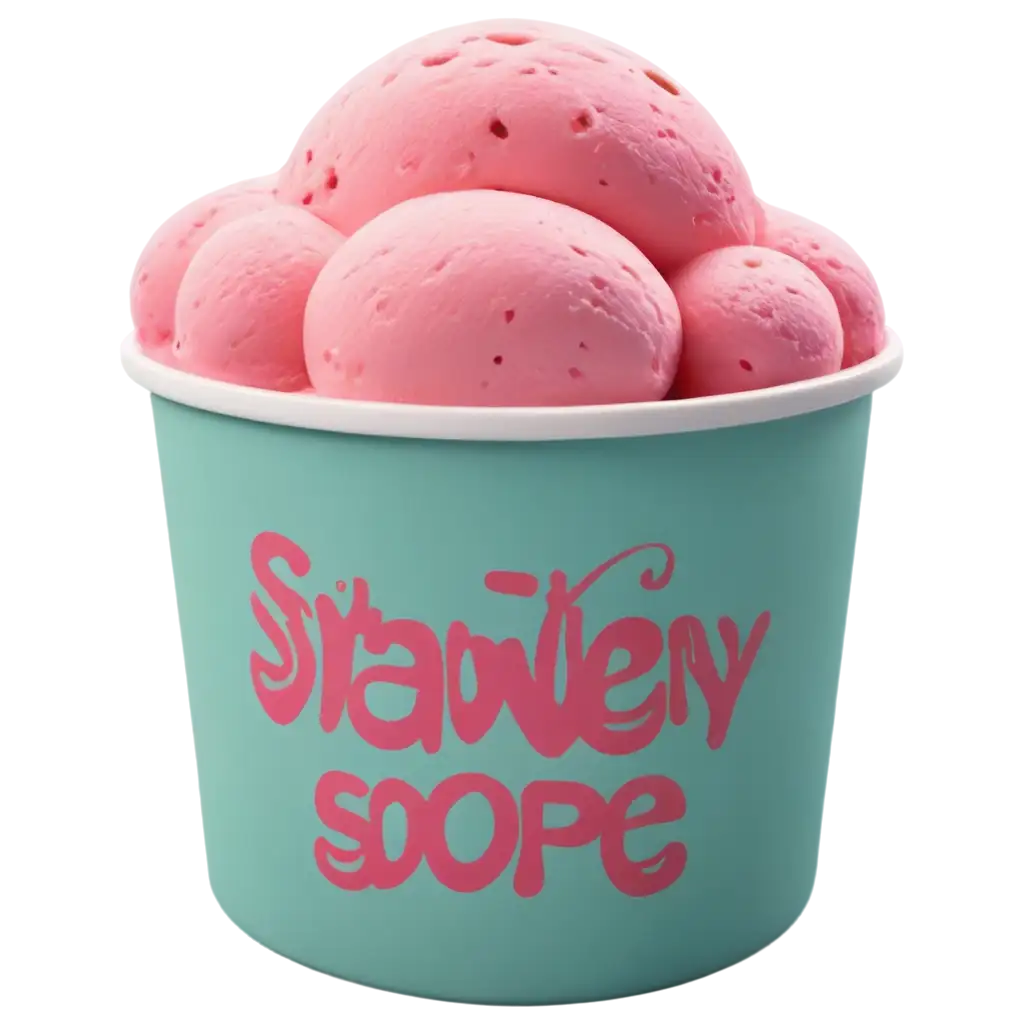




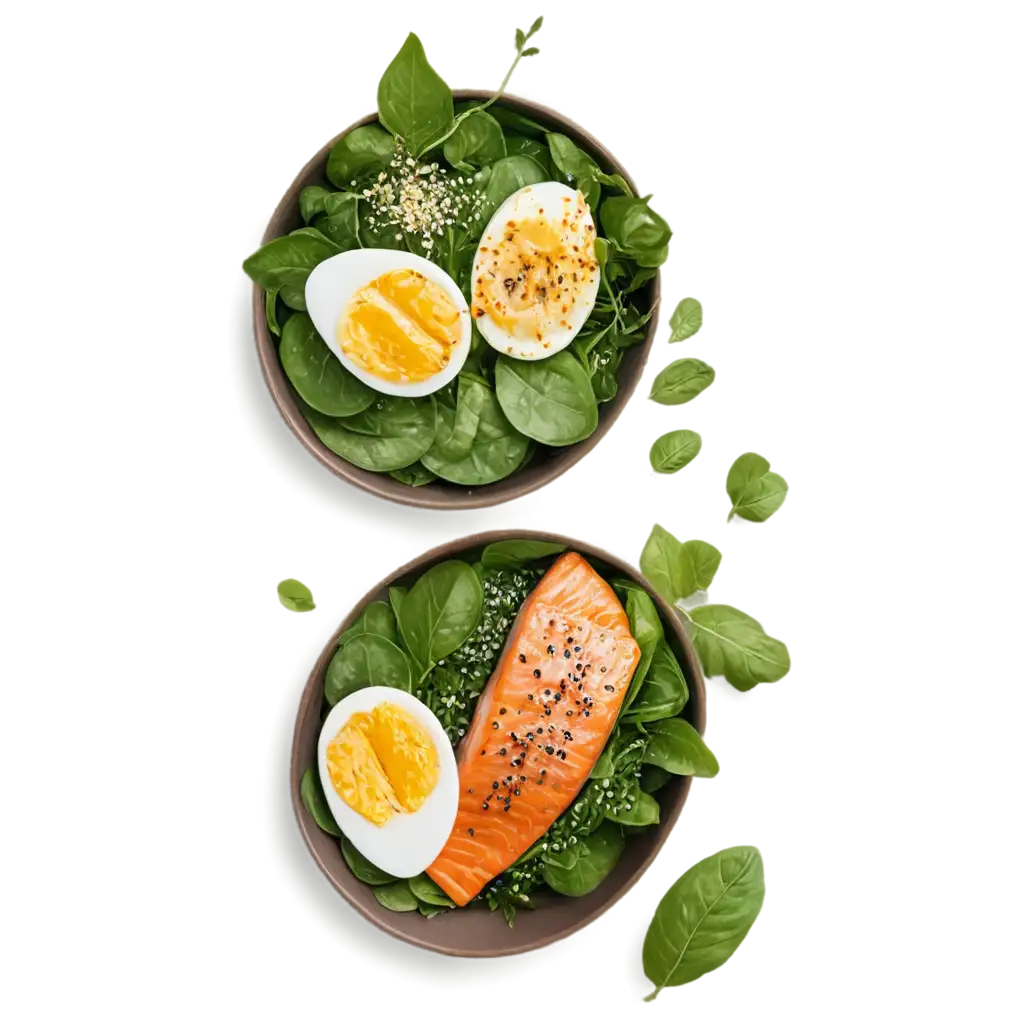


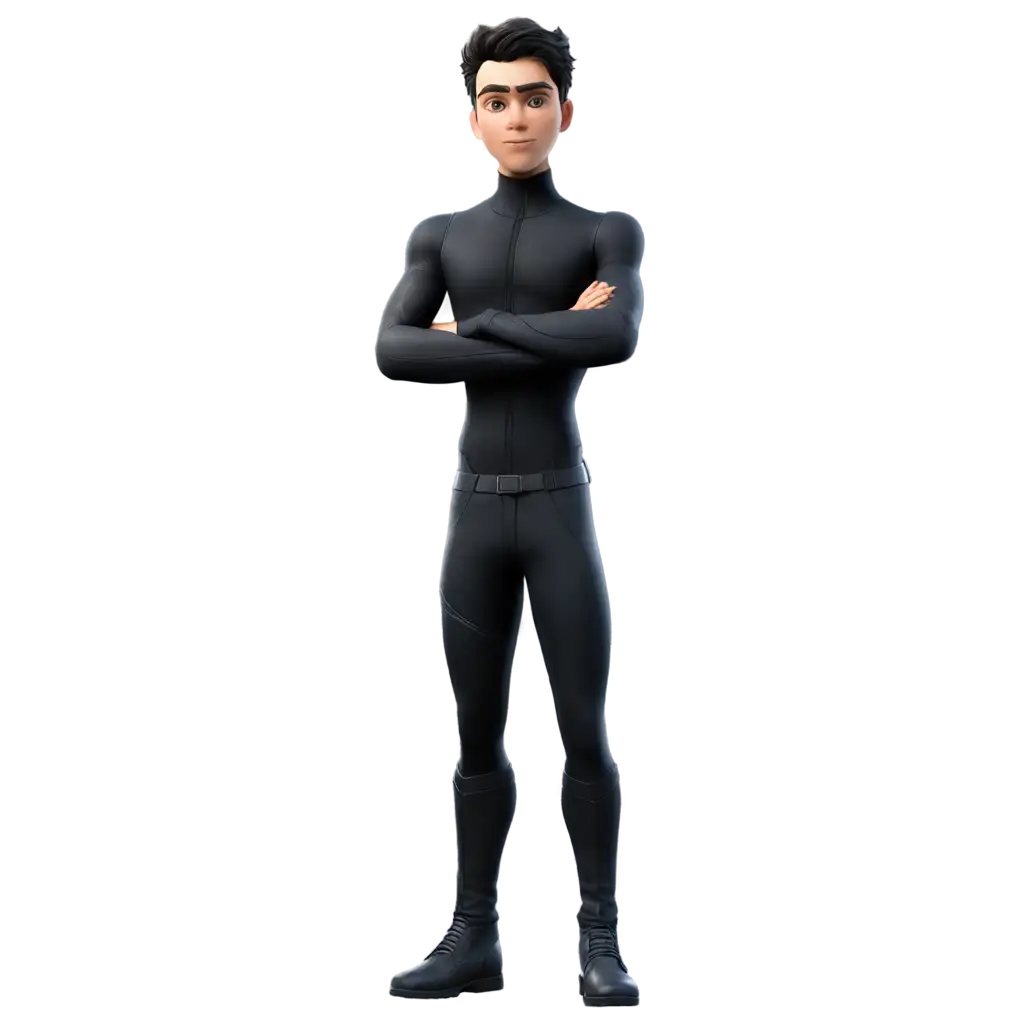

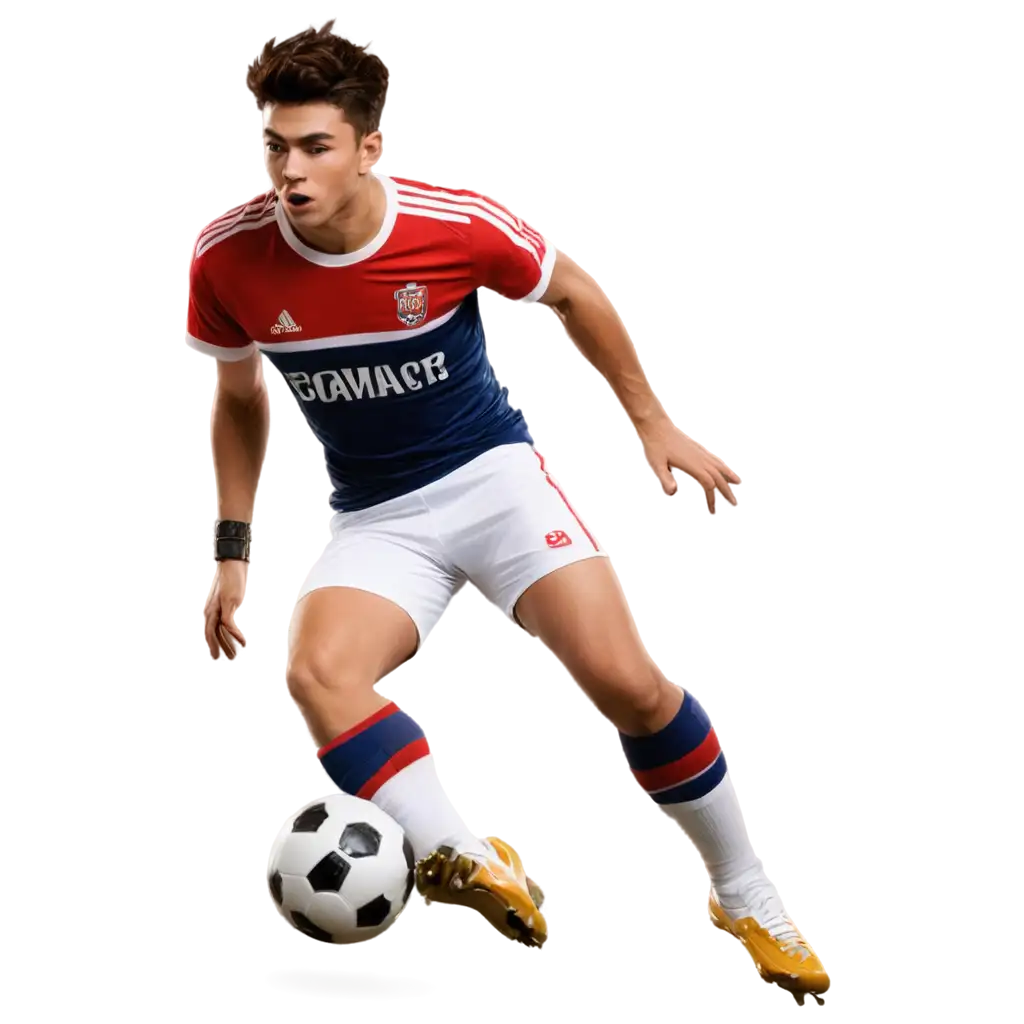
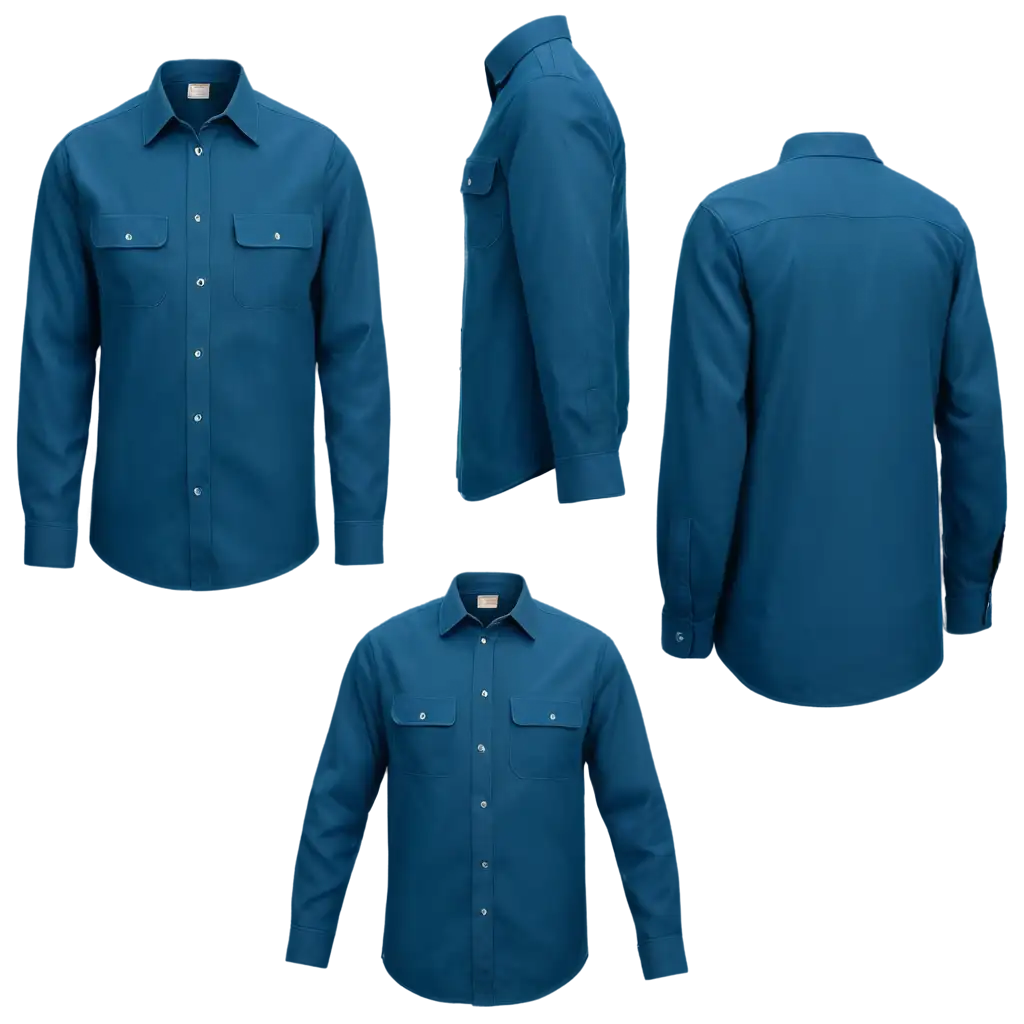
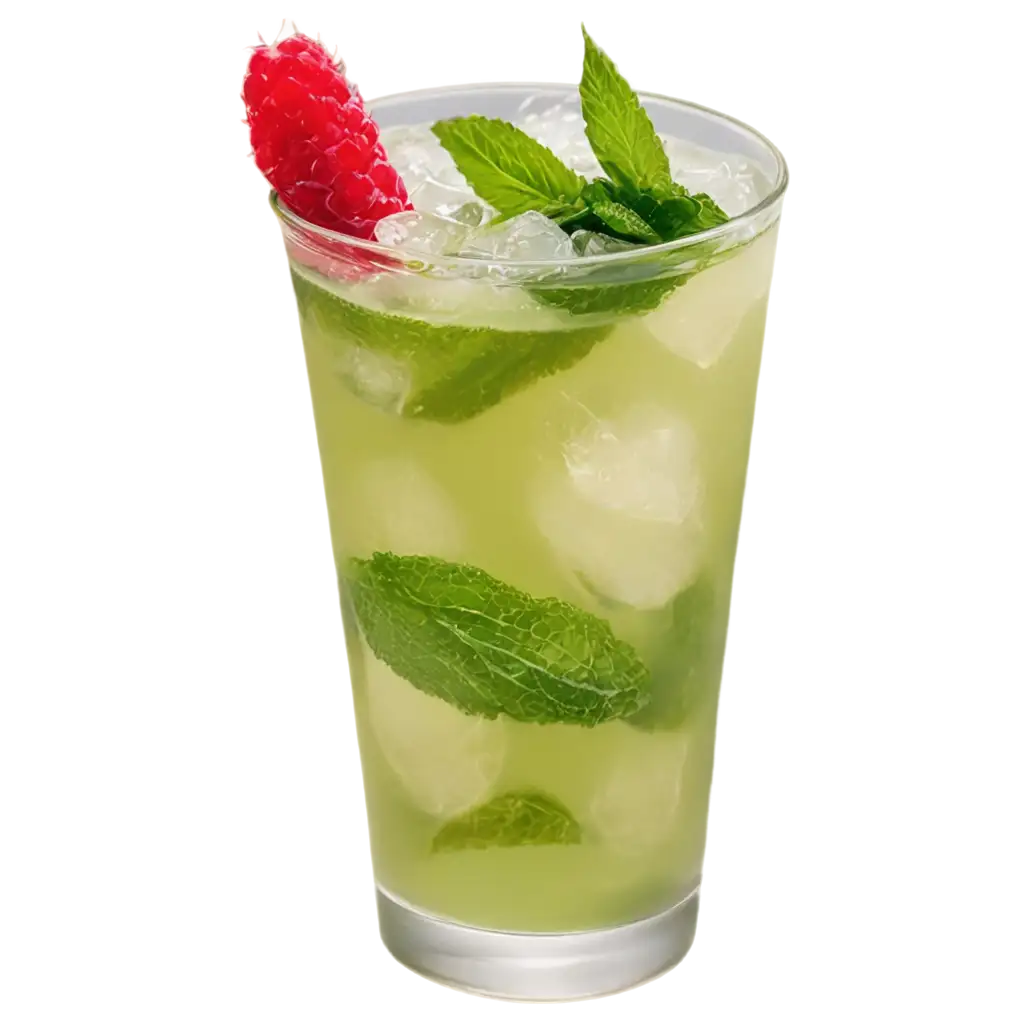


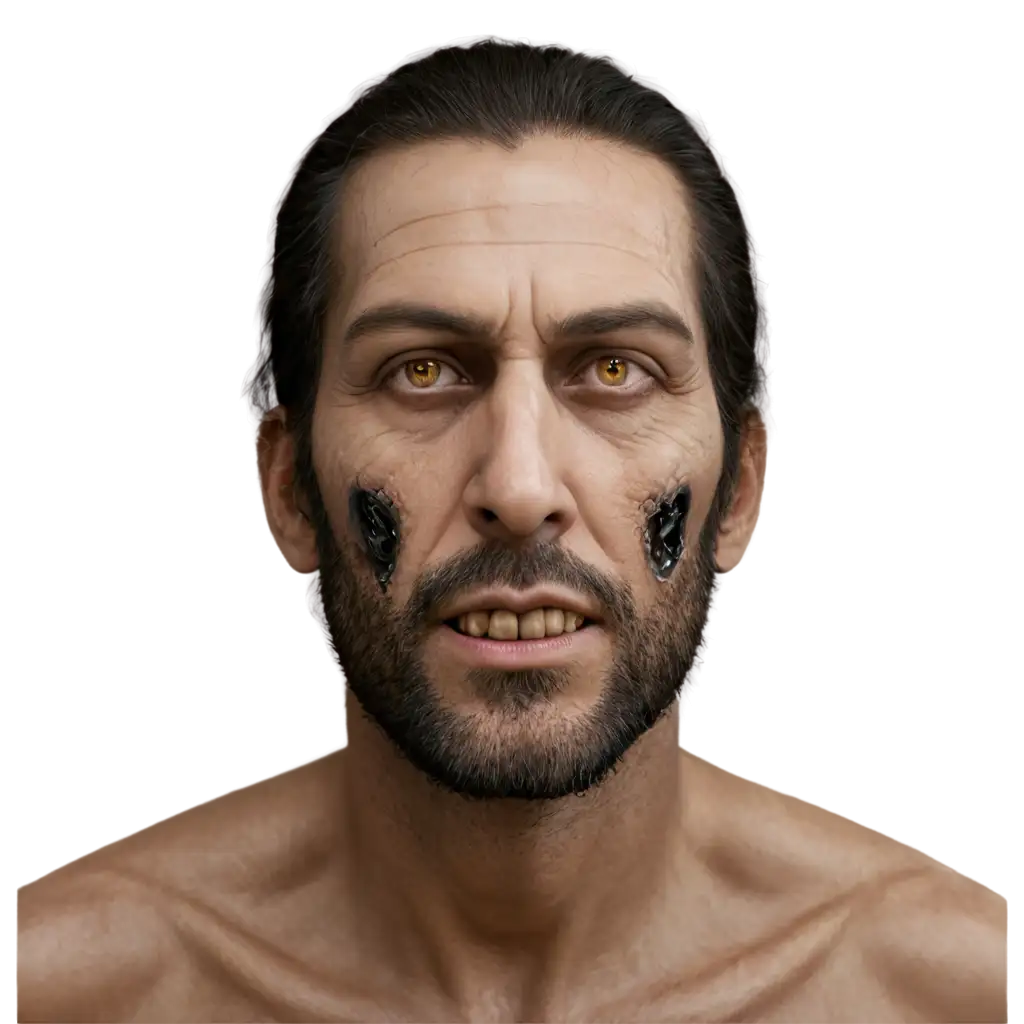
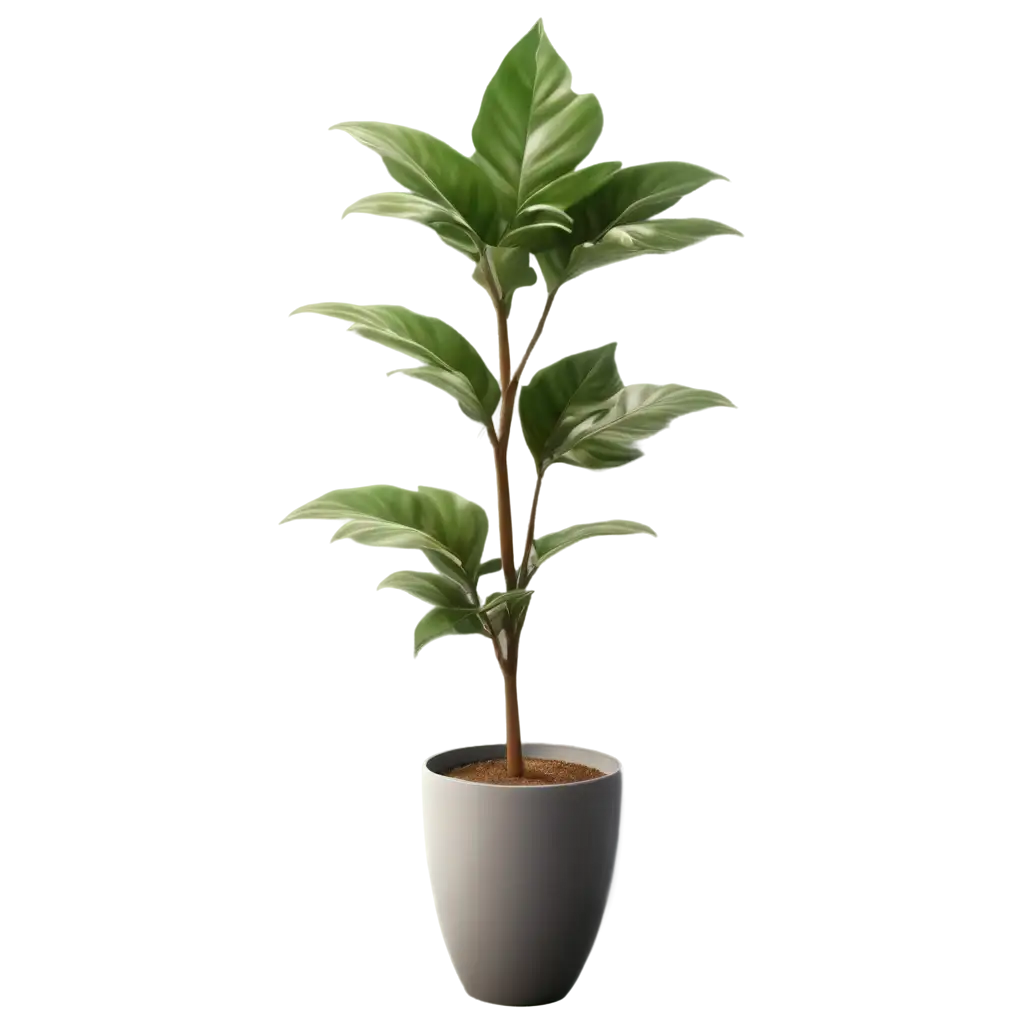


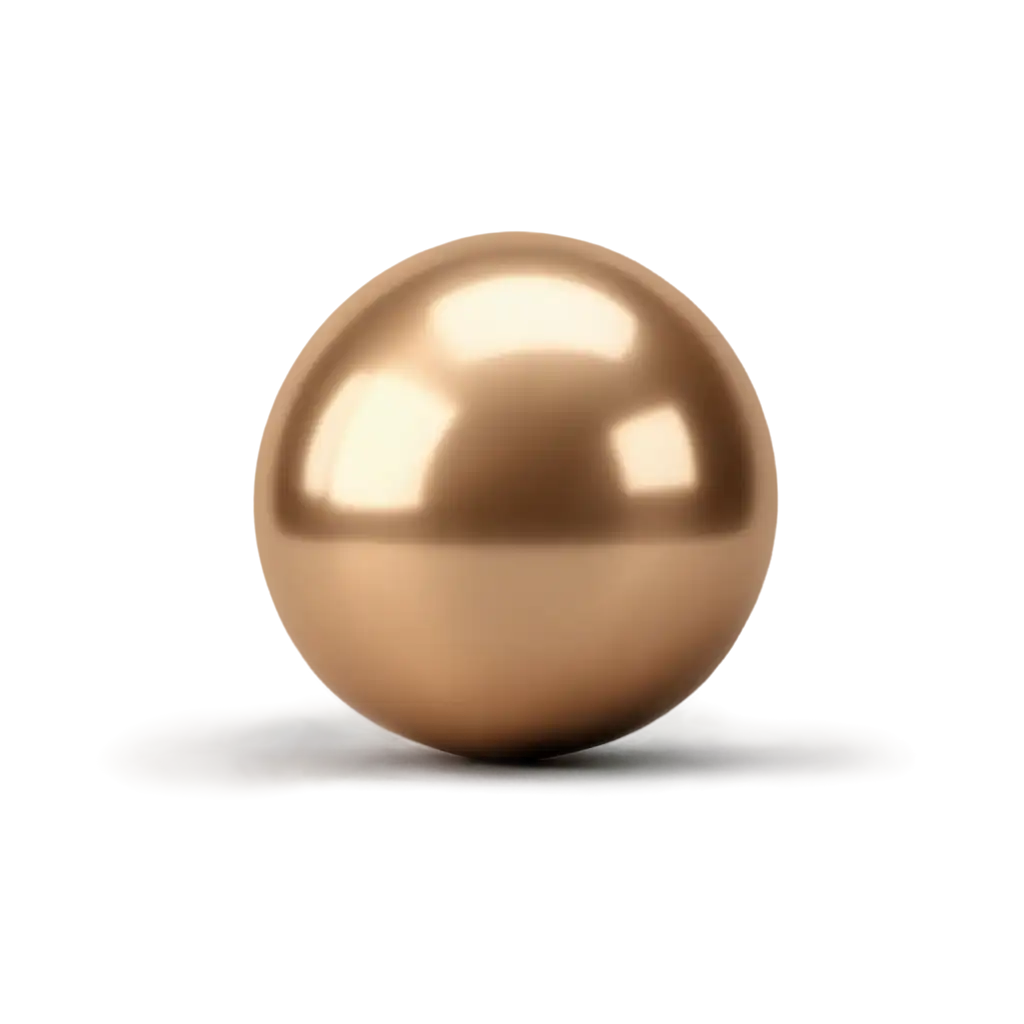
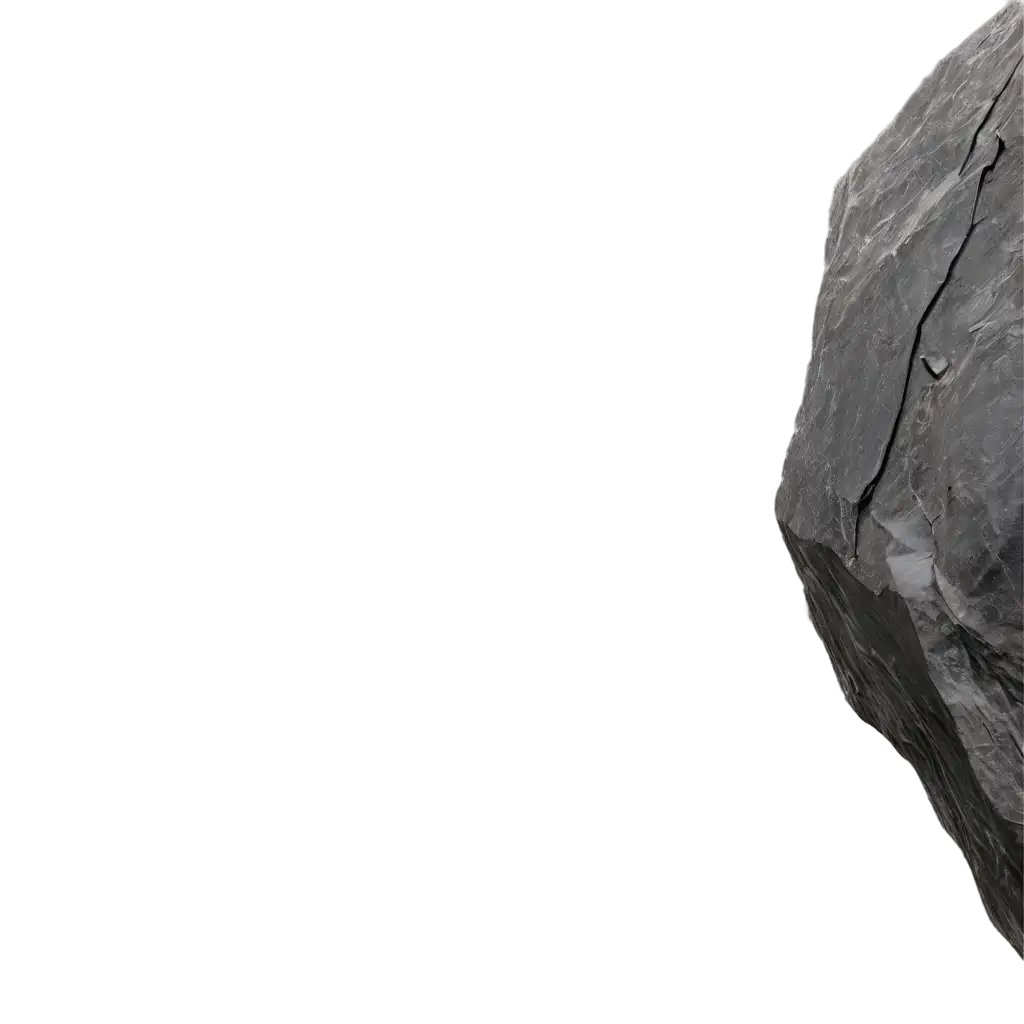

Related Tags
Realistic Lighting in AI-generated imagery refers to the accurate simulation of how light interacts with surfaces, creates shadows, and affects color and atmosphere. This technique encompasses various lighting phenomena including ambient occlusion, global illumination, volumetric lighting, and physically accurate light bounce. In AI art, these effects are achieved through sophisticated algorithms that understand and replicate real-world lighting physics, creating images with depth, dimension, and photorealistic quality. The advancement in AI's understanding of lighting physics has revolutionized digital art creation, allowing artists and designers to generate images with studio-quality lighting without traditional rendering times.
Understanding Realistic Lighting in AI-Generated Art
AI-generated realistic lighting incorporates multiple technical components that work together to create convincing illumination. Key aspects include proper shadow casting, color temperature simulation, subsurface scattering for translucent materials, and accurate reflection/refraction handling. These elements find practical applications across various fields, from architectural visualization and product photography to film pre-visualization and gaming concept art. The technology excels in creating challenging lighting scenarios such as golden hour photography, practical light effects, and complex multi-source lighting setups that would be difficult or expensive to achieve in traditional photography.
Technical Aspects and Applications of AI Lighting Generation
Generating realistic lighting through AI requires understanding key prompt engineering principles. Effective prompts typically include specific lighting descriptors such as 'soft diffused daylight,' 'dramatic rim lighting,' or 'warm ambient interior lighting.' Additional parameters like time of day, weather conditions, and light source specifications help achieve desired results. For instance, prompts can specify 'late afternoon sunlight filtering through clouds' or 'modern studio lighting with two key lights and fill.' Advanced users can layer multiple lighting conditions and incorporate professional photography terminology to achieve complex lighting setups that would require extensive equipment in traditional photography.
Creating Perfect Lighting Conditions with AI Prompts
The future of AI-generated realistic lighting is rapidly evolving with emerging technologies and techniques. Current developments focus on implementing ray-tracing principles in AI models, improving the accuracy of caustics and complex light interactions, and enhancing the handling of transparent and reflective materials. Upcoming trends include the integration of real-world lighting data, advanced HDR capabilities, and the ability to generate physically accurate lighting simulations for specific geographic locations and times. These advancements will further blur the line between AI-generated and traditionally photographed images, offering creators unprecedented control over lighting conditions in their digital artwork.
Future Trends in AI-Generated Lighting Effects